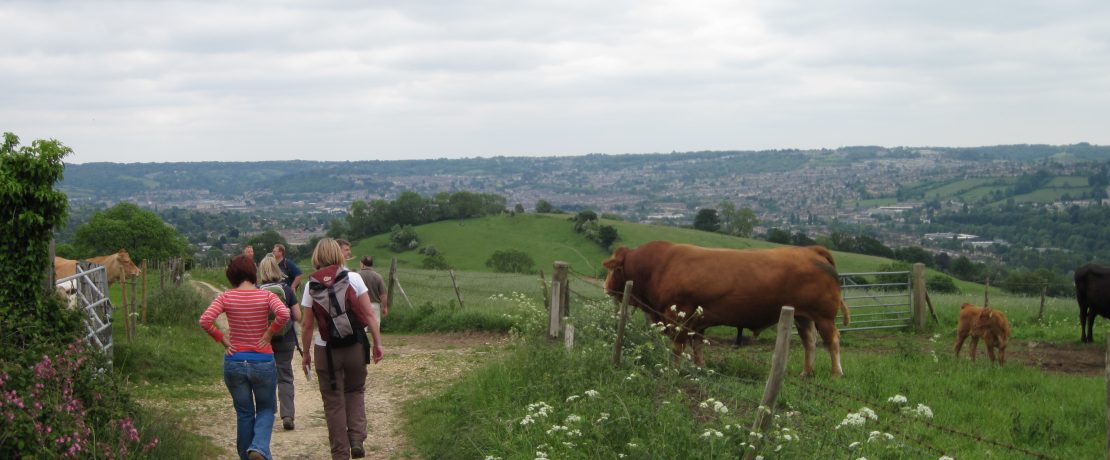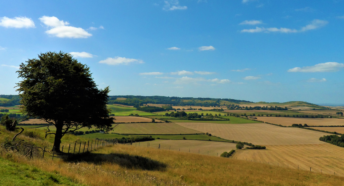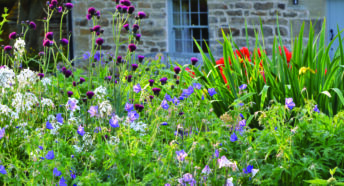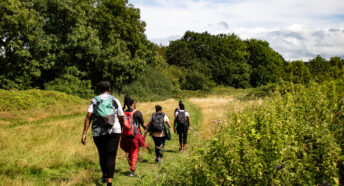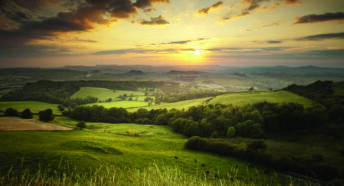Octavia Hill’s vision for the Green Belt
It was the social reformer Octavia Hill who first coined the term ‘Green Belt’ in 1875, as part of her unsuccessful campaign to purchase Swiss Cottage Fields to save it from development.
It is not inconceivable that London could have had a Green Belt in the late nineteenth century, and it is useful to speculate what would have been the effect if one had been declared then.
The CPRE campaign to stop urban sprawl and low-density development outside city boundaries – which relies on cars and increases energy use, loss of precious countryside, and the destruction of agricultural land and wildlife habitat – aligns perfectly with what Octavia would be campaigning for in 2023, along with the importance of creating freely accessible green spaces wherever possible for city-dwellers to enjoy:
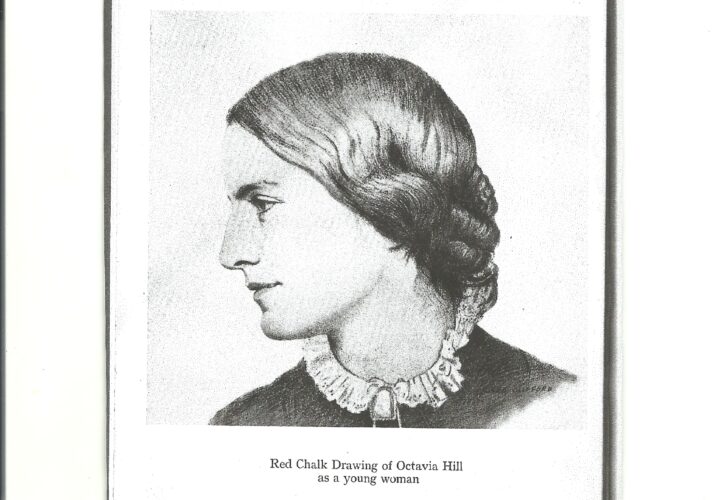
Octavia was eager to lend weight to the Commons Preservation Society’s efforts to safeguard open space around London, in the face of its seemingly unchecked expansion. She spoke of the danger of reproducing inner London’s problems in the outer suburbs. In a paper of 1888, she calibrated the imbalance between open space to the west and that to the east of London, and used her evidence to argue for rapid adjustment, as well as what might be regarded as a prototype green belt:
Octavia Hill’s belief in the importance of access to nature for human wellbeing, and the need to stop the destruction of the natural landscape, is even more relevant today. It was her passion for preserving places of historic interest or natural beauty that left a lasting precedent, helping to protect amongst others Wimbledon Common, Wandsworth Common, Hampstead Heath, Parliament Hill Fields and Epping Forest.
Her case for the need for everyone to be able to access ‘places to sit in, places to play in, places to stroll in, and places to spend a day in’ was outlined in her 1875 article ‘Space for the People’:
Octavia Hill is best remembered as a social reformer and as one of the co-founders of the National Trust, but her contribution to landscape preservation is equally important. Her views and her vision remain extraordinarily relevant to CPRE London’s current campaign, and to everything that CPRE campaigns for across the rest of the country.
About the author
Clare Armstrong lives in Southwark and campaigns on public realm improvements and greening projects. She is a member of the Red Cross Garden Steering Group (which was one of Octavia’s most significant projects in London). She is also an active member of both the Southwark and London Living Streets groups, working towards a better walking environment for all. Clare is a descendant of Octavia Hill, who was her great-grandfather’s first cousin.
